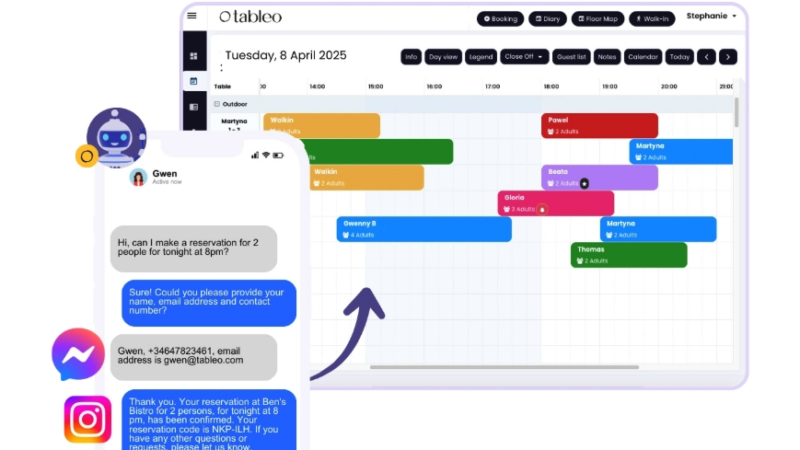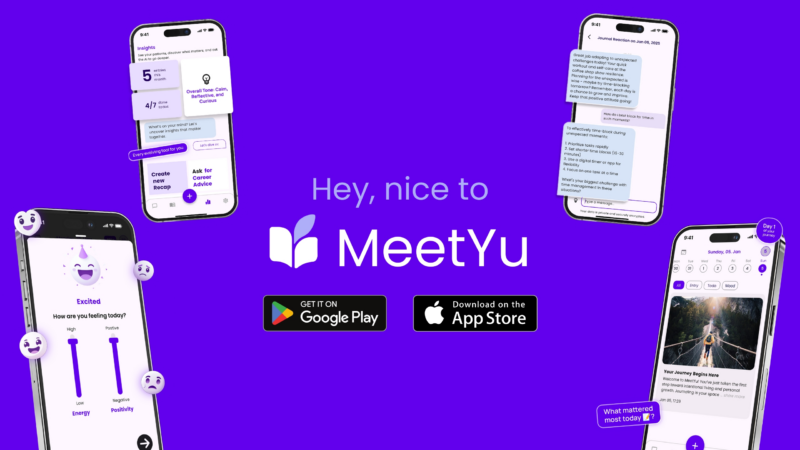Enables Effective Enterprise-Wide Governance, Risk Management and Compliance, Security Access Controls, Storage Optimization and More Efficient eDiscovery on Microsoft Windows Server 2012
HEILBRONN, GERMANY/BOSTON, MA. (June 11, 2012) – dataglobal, an industry leading provider of Information Archiving/Governance and Unified Data Classification solutions, today announced dg classification 2.0, a comprehensive enterprise-wide data classification platform that enables security, GRC, eDiscovery and storage management applications to manage data and files with higher precision and more efficiency. It has uniquely integrated both external attribute-based and content-based technologies to better derive value from an organization“s unstructured data while reducing the over-all risk profile of the enterprise. By working with Microsoft Windows Server 2012, dg classification 2.0 takes advantage of the unique ability of Microsoft“s Dynamic Access Control (DAC) infrastructure to attach metadata to files as they are being classified. In addition, working with Windows Server 2008 R2 and Windows Server 2003, dg classification 2.0 can offer powerful enterprise-wide auto-classification capabilities to more fully protect corporates assets.
„Today“s organizations are confronted with ever growing volumes of data, expanding regulations, and growing security requirements, creating an increasingly complex data management challenge in the enterprise,“ said Wolfgang Munz, dataglobal CEO. „With dg classification 2.0, companies can apply a differentiated information management solution that considers the business value of the data being managed to deliver a highly effective solution to these problems.“
dg classification 2.0 was designed and tested to deliver on the concept of value-based information management®. It provides for a unified classification of unstructured data across the enterprise and makes it available to a wide variety of applications. As a result, organizations can auto-classify once, in one location, and have that classification trigger actions across multiple solutions. dg classification is also able to continuously assess new data files and manage changes to existing data in real-time, ensuring corporate assets are protected and managed 24/7.
„Dataglobal“s new attribute-based and content-based data classification capabilities enable an enterprise to understand and take action with many different kinds of data to address security, retention, and legal discovery challenges,“ said Brian Babineau, Vice President, Enterprise Strategy Group. „Thanks to this high performance classification engine, organization can better align their data assets with their business needs irrespective of the pace or quantity of information being generated.“
The two most critical business values dg classification 2.0 provides are 1) effective risk management and 2) increasing the value of corporate information while reducing the overall Total Cost of Ownership (TCO) of maintaining it. dg classification“s ability to decrease the overall risk profile of an organization stems from the system“s ability to:
– Enable dynamic access control of information by assigning security status and inherent access rights to data based on a unified classification schema useable by end-users, applications and/or devices, and
– Identify high toxicity data that needs to be isolated or destroyed based on internal and external policies
It also increases the value of the information that has been classified by:
– Providing consistent classification properties and rules,
– Retaining relevant business-critical information while removing non-relevant and non-compliant information-based on policies-to reduce the overall cost of information management, and
– Providing the necessary information transparency to optimize the cost and efficiency of eDiscovery processes within the enterprise
In addition to using the traditional metadata such as date created, date referenced, file type (e. g., Microsoft Word or Adobe PDF), dg Classification 2.0 is able to automate data classification at a much more granular level by analyzing its content and assigning business-related Document Types (e.g., invoice, contract or proprietary research document). Organizations can define their own Document Types and assign properties and classification rules to fit their individual business needs. This enables the owner of a proprietary research document to identify very specific properties and classification rules so the system can automatically assign security and retention actions to other similar documents. dg Classification 2.0 can then rapidly and continuously classify large volumes of data across an enterprise or data center.
„The use of content analytics for automatic classification is an important trend that IDC has been watching with interest. Content analytics can provide more accurate and comprehensive results than using manual or even semi-automatically tagged approaches,“ said Dave Schubmehl, Research Manager, Search & Discovery of IDC. „dataglobal’s approach of using both attribute-based and content analysis technologies to drive automatic classification appears to strike a good balance between high performance and high accuracy.“
In order to offer this level of functionality, dg classification 2.0:
– Reduces the complexity of enterprise-wide data classification by creating three parameters: Document Types, Properties for these types, and Rules associated with these Properties.
– Provides a cascading set of classifiers to assign properties and Document Types to data objects based on External Attributes such as owner, file type, path, last used, and Content-based Attributes such as PII data, confidential information, invoice structure and/or similarity to a training set of documents
– Takes advantage of Windows Server 2012 technology to automatically tag information objects within the system with the appropriate metadata, replacing the need for dedicated and separate repositories
– Permanently attaches these information object classifications to the object, regardless of where it might be moved within the enterprise, eliminating the single point of failure vulnerability
– Utilizes a proven support-vector-machine technology to classify millions of documents based on their properties and associated rules, and
– Continuously monitors enterprise data to update classifications in real-time, ensuring a consistently accurate categorization of corporate assets
Working closely with Microsoft to ensure dg classification 2.0 is tightly aligned with Windows Server 2012 Dynamic Access Control APIs and the File Classification Infrastructure (FCI) in Windows Server 2012 and in Windows Server 2008 R2 ensures that user claims, device claims, and resource properties stored in Active Directory and associated with a file are incorporated into the classification schema.
„Windows Server 2012 includes notable innovations such as Dynamic Access Control. We“re excited to see companies such as dataglobal, with its dg classification 2.0, build on Windows Server 2012 capabilities and demonstrate their products at Microsoft TechEd in Orlando, Florida this week,“ said Andrew Conway, director, product marketing, Server and Tools Business, Microsoft.
„In reality, many organizations do not have enough insight into their data to effectively manage it from a security, compliance and storage management perspective,“ Munz continued. „Since they have no way of efficiently analyzing the data and applying actions based on policy, most organizations simply keep everything-creating key vulnerabilities including unauthorized
access to unencrypted data, high levels of toxic data from a compliance, security, and discovery perspective, and ever rising storage costs. dataglobal“s dg suite and Windows Server 2012 Dynamic Access Control can help to drive an organization to a value-based information management® structure, providing a range of important benefits and cost reductions.“
dg Classification 2.0 is a major upgrade to dg Classification 1.0 and will be available with the release of Microsoft Windows Server 2012.
dataglobal is an industry-leading provider of Information Archiving/Governance and Unified Data Classification solutions that support Security, GRC, eDiscovery, SharePoint, ERP, and Storage Management applications while cost-effectively managing and protecting the information these applications generate. With more than 1,800 customers in over 40 countries, dataglobal“s solutions help organizations reduce their risk profiles and generate value through the information that they hold. Customers include 3M, AUDI, E.ON, Group Deutsche Börse, Knorr-Bremse, Mars and Voestalpine. dataglobal also boasts an impressive list of technology partners that include Microsoft, EMC, HP, IBM, NetApp, Oracle and SAP. dataglobal is headquartered in Germany with regional offices on the East Coast of the United States and in Romania. dataglobal is an industry-leading provider of Information Archiving/Governance and Unified Data Classification solutions that support Security, GRC, eDiscovery, SharePoint, ERP, and Storage Management applications while cost-effectively managing and protecting the information these applications generate. With more than 1,800 customers in over 40 countries, dataglobal“s solutions help organizations reduce their risk profiles and generate value through the information that they hold. Customers include 3M, AUDI, E.ON, Group Deutsche Börse, Knorr-Bremse, Mars and Voestalpine. dataglobal also boasts an impressive list of technology partners that include Microsoft, EMC, HP, IBM, NetApp, Oracle and SAP. dataglobal is headquartered in Germany with regional offices on the East Coast of the United States and in Romania. For more information, please visit us at www.dataglobal.com.
Kontakt:
dataglobal GmbH
Bernd Hoeck
Im Zukunftspark 1
74076 Heilbronn
+49 7131 1226 500
bernd.hoeck.ext@datagobal.com
http://www.dataglobal.com
Pressekontakt:
bloodsugarmagic
Bernd Hoeck
Am Talacker 17/5
78052 Villingen-Schwenningen
+49 7721 9169 500
bernd.hoeck@bloodsugarmagic.com
http://www.bloodsugarmagic.com






